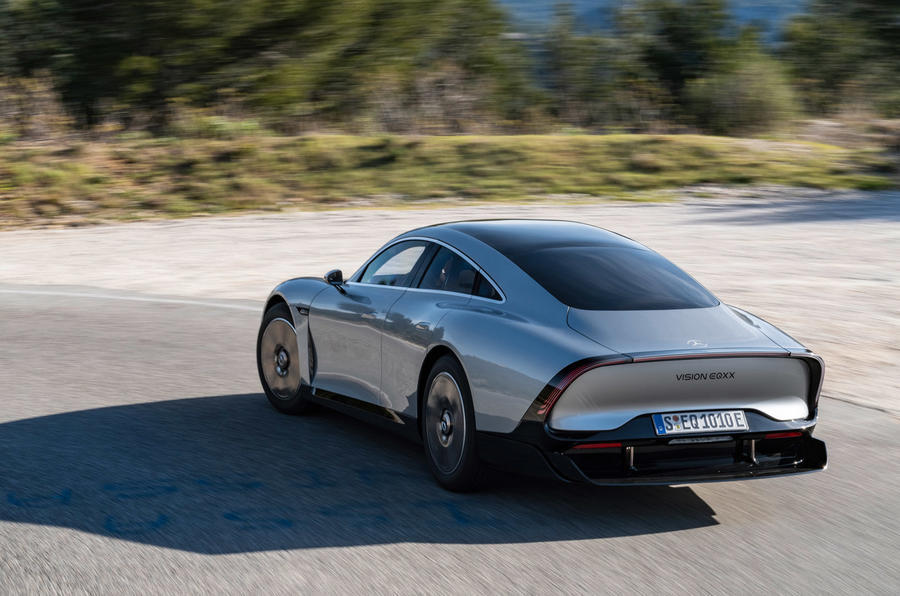The first ‘car’ ever built may have worn a Benz badge, but Mercedes-Benz didn’t lead the EV charge a century later.
When we think of pioneers of the mass-produced EV, it’s General Motors, Tesla, Nissan and BMW that will be pictured next to that entry in the eventual encyclopedia of the 21st century – but it looks like it will be Mercedes that finally kicks the concept of mass EV adoption firmly into the realm of the feasible.
To set aside all talk of emissions quotas, infrastructure expansion, urban low-emission zones and governmental incentives is to arrive at the simple and unavoidable conclusion that the one simple thing all drivers want is to get in their car and know they will arrive at point B at roughly the time they expect – and that’s what will truly incentivise EV uptake.
And Mercedes knows that. While other manufacturers shout about seats made from recycled bottles and 350kW charging functionality that can only be used at 4% of functioning chargers, Stuttgart has bet big on the notion that the crowds will flock to the EVs with the longest ranges – and it’s a gamble that’s sure to pay off in light of a still-rickety international charging network and relatively lengthy charge times.
But perhaps the most intriguing aspect of the future-gazing Mercedes-Benz EQXX concept is that it demonstrates that unparalleled aerodynamic and technical efficiency can be achieved without sacrificing Mercedes’ aspirational appeal, which could signal a shift away from the monolithic and featureless design cues that are hallmarks of the EQ family.









Join the debate
Add your comment
Good commentary, Mr Page, and I think your final paragraph hits the nail on the head.I do hope you are right about the decline of Merc's 'monolithic and featureless design' of their EVs.
I hope this is a concept, because that Boat tail rear end is aweful!, aerodynamic benefits?, all for a few extra miles?.